Intrigued with an earlier talk by class leader and author Jennifer Hahn at a sea kayaking symposium, we signed up for a three day class to learn wild harvesting techniques, led by her and Mac Smith through Elakah Expeditions. The concept centered around foraging and finding food sources on the shores of Puget Sound and in the shoreline hills of its islands. We had paddled by so many sea plants so many times, but never knew what we could safely eat. Learning how to eat beyond a granola bar and packaged food was an interesting safety valve for long expeditions that we may take in the future.
A group of all ages and sea kayaking experience levels gathered in Anacortes, and we were taken by a small private inter-island ferry to James Island, which was entirely a state park. Campsites were plentiful and had terrific views in two directions around the San Juan Islands.
Jennifer and Mac were careful and safety conscious in leading the group, and interjected fun and humor throughout. Days were spent wandering the islands for edible flowers, kayaking around James Island and especially nearby Decatur Island for many different varieties of seaweed, sharing stories, and eventually preparing some of the goodies we found in our environment. Evenings included sunset walks, yoga stretching, and hanging out together.
I was pleasantly surprised to find out that basically any seaweed in Puget Sound was edible, except one which is readily identified by its sulfuric taste anyhow. It’s a snacking smorgasbord out there if you ever want some salty salad while paddling. We used one type of seaweed to create the gelatin for a chocolate pudding pie, others for a stew, made seaweed salad, and even brought home one variety to cook in the oven with cheese powder to create sea cheetos. All of it was delicious and apparently quite nutritious, and the connection to freshly harvesting and preparing the food made it very real and visceral. We even ate the raw eggs from a sea urchin, and cooked up the meet of a sea cucumber. All of this was done with state approved harvesting licenses, regenerative harvesting techniques, and quotas which we were well under, by the way.
A great educational experience, and paddling through the San Juan Islands provides terrific classroom ambiance…
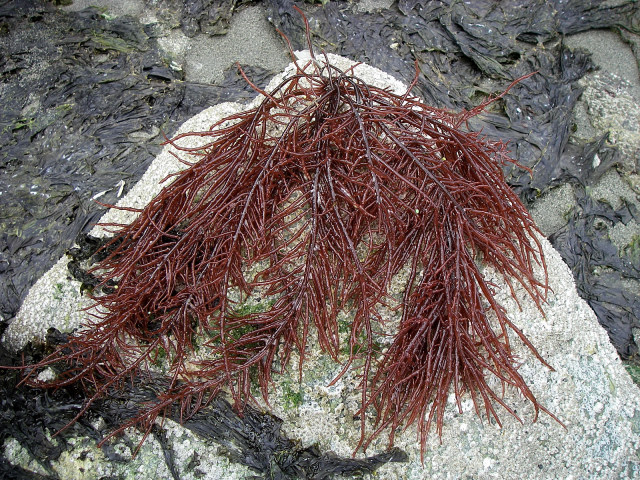
There are many kinds of edible seaweed. The red varieties can be especially nutritious. However, this Witch’s Hair seaweed is generally something to avoid.

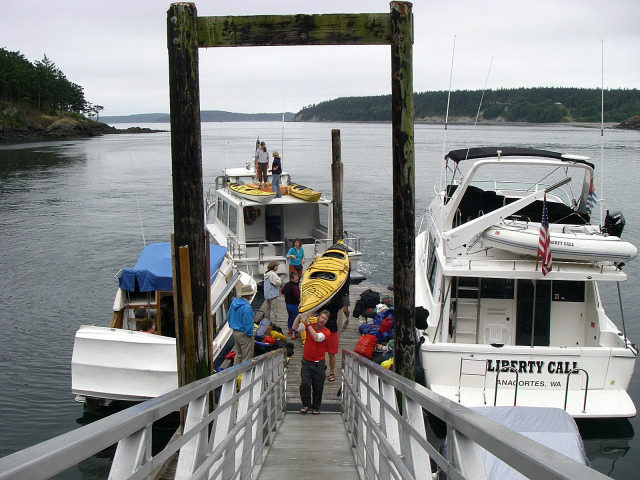
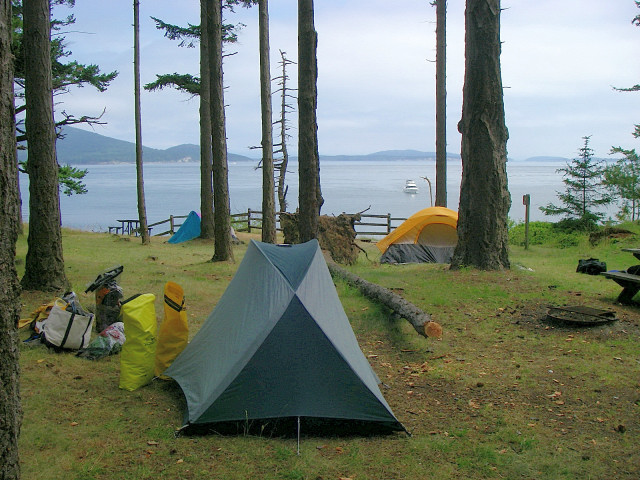
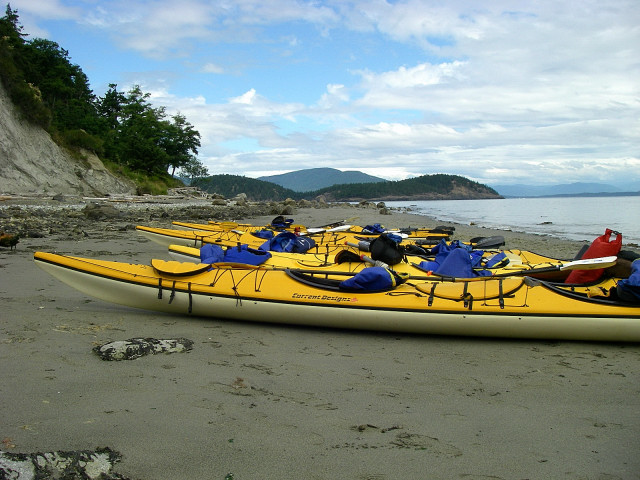
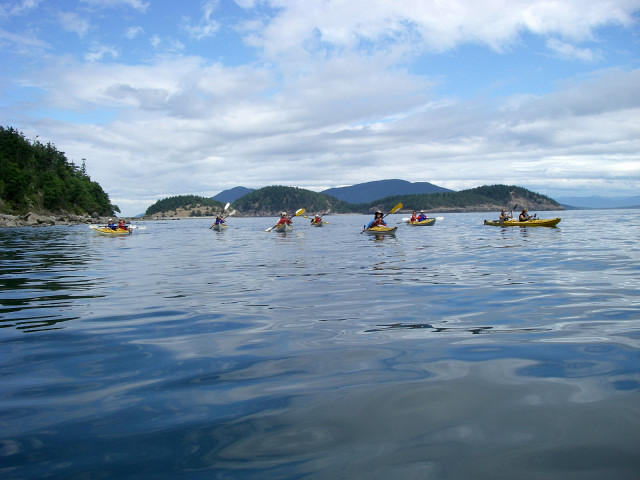
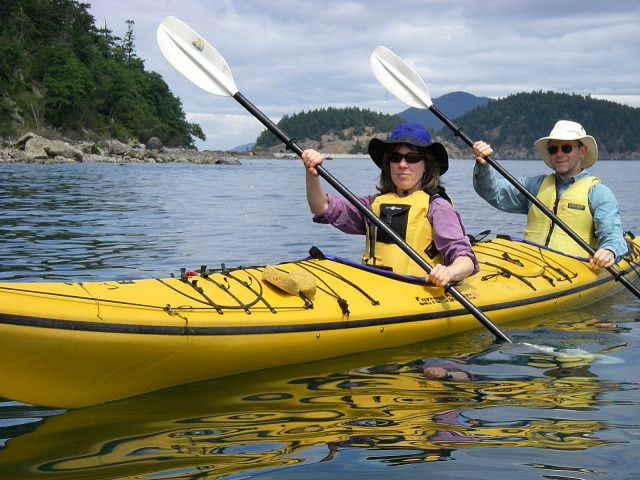
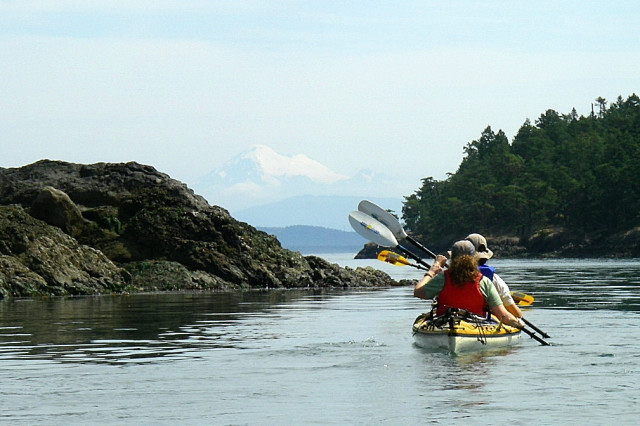
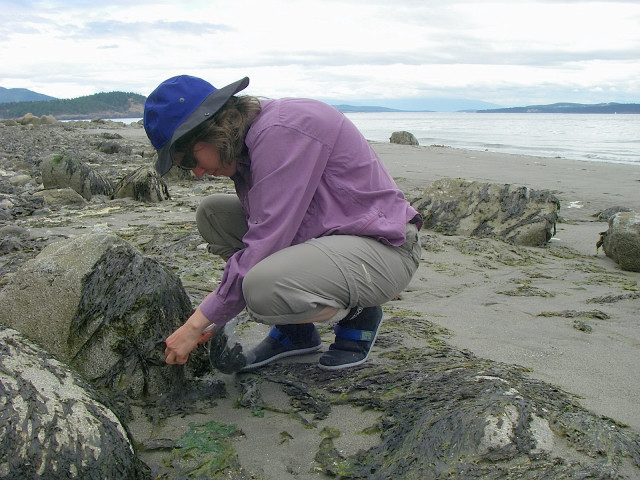
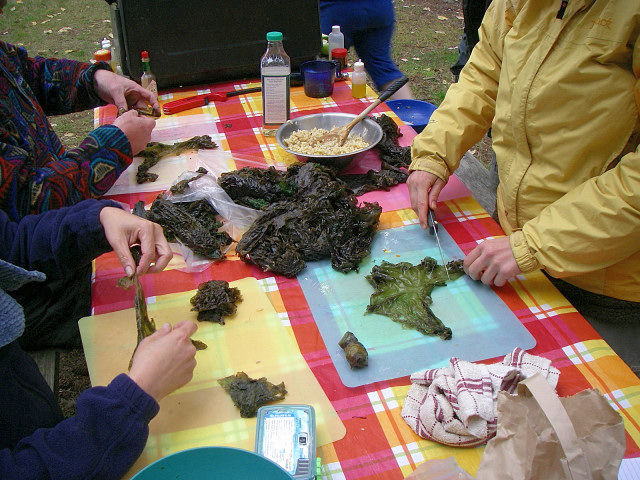
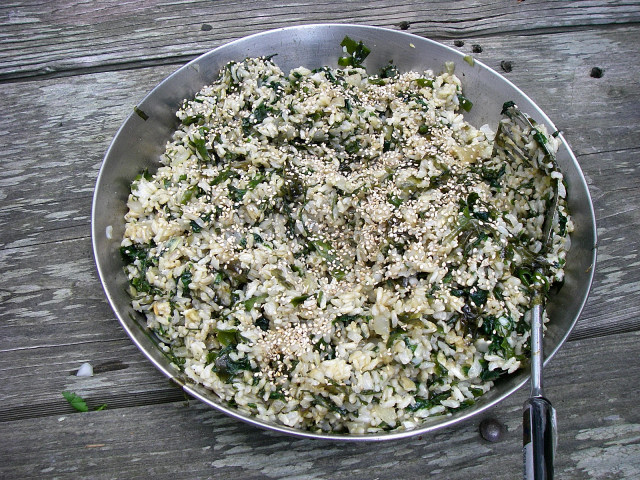
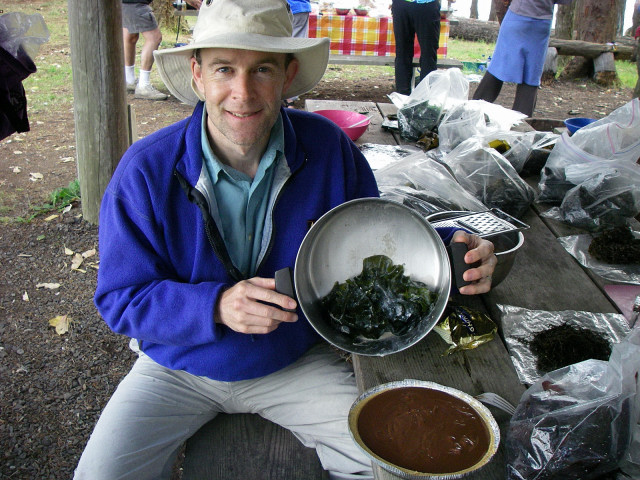
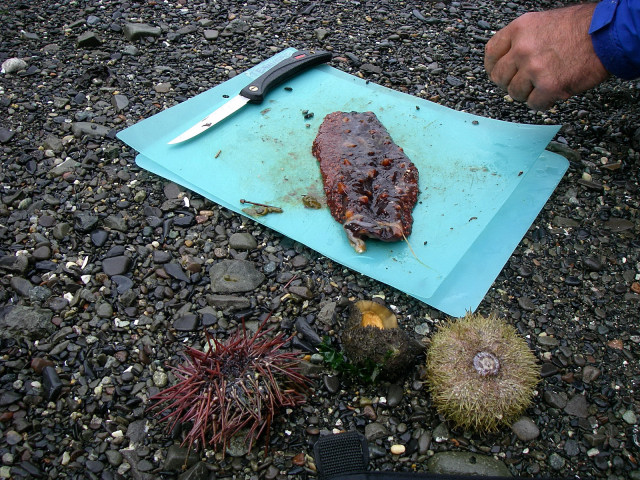
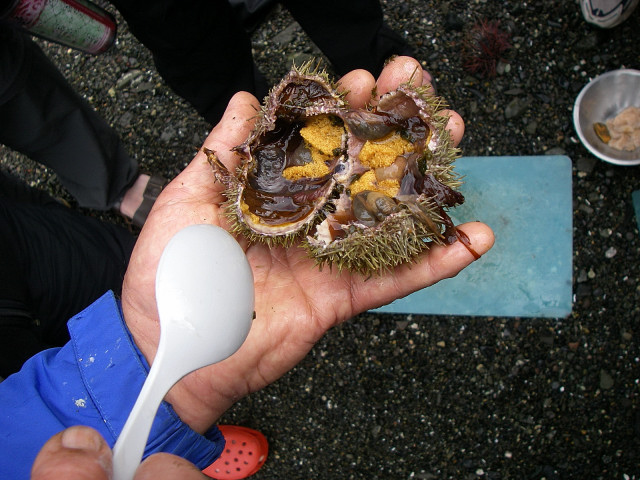
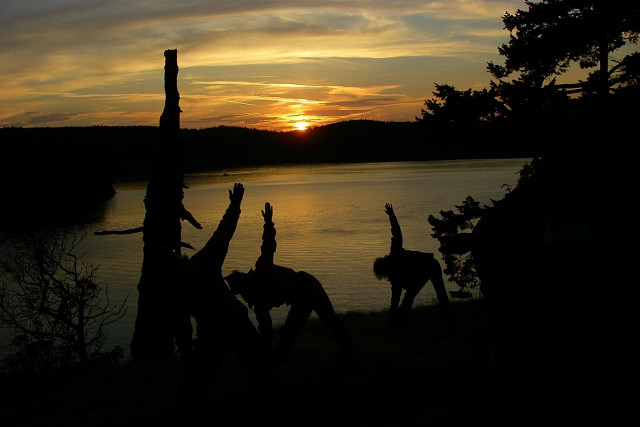
The edible seaweed picture you show on the James Island webpage is called Witch’s Hair. Some would say that is a do not eat, and sulfuric acid it releases destroys other seaweed in the same container.
I’m no expert. We got a bucket of this yesterday. Other websites warn against it.
Great point, Jim! Thank you for your constructive inputs. I have updated the content accordingly.